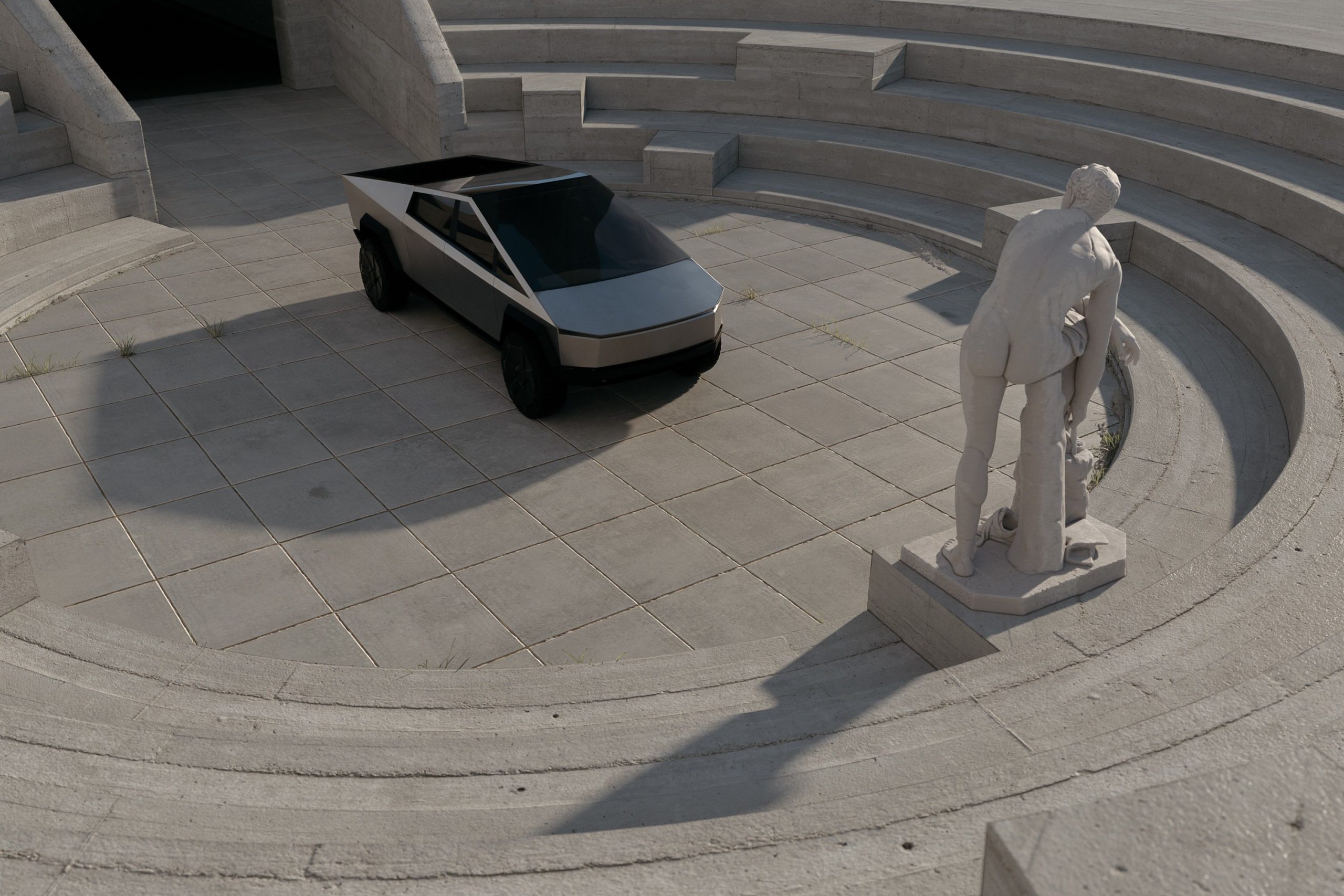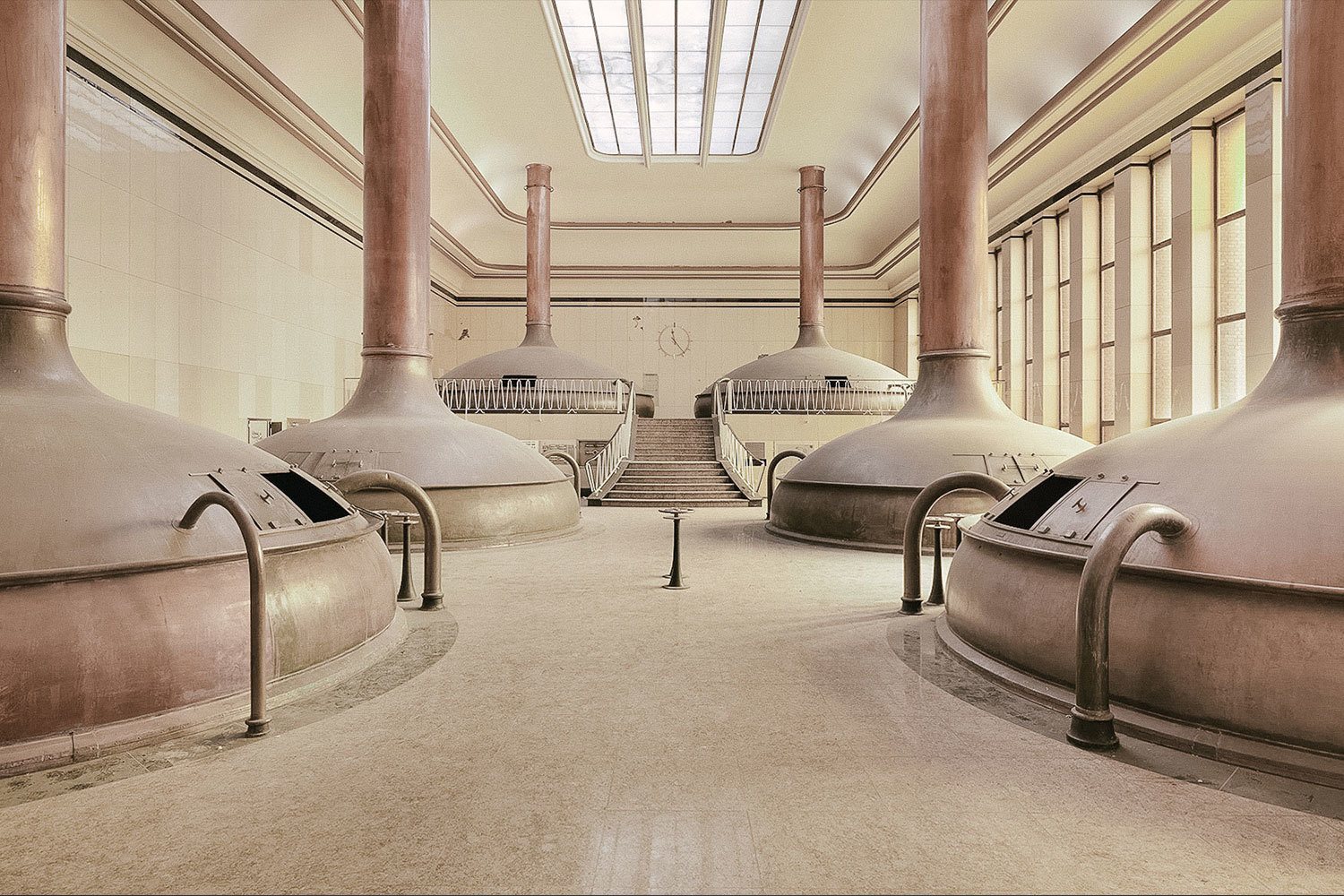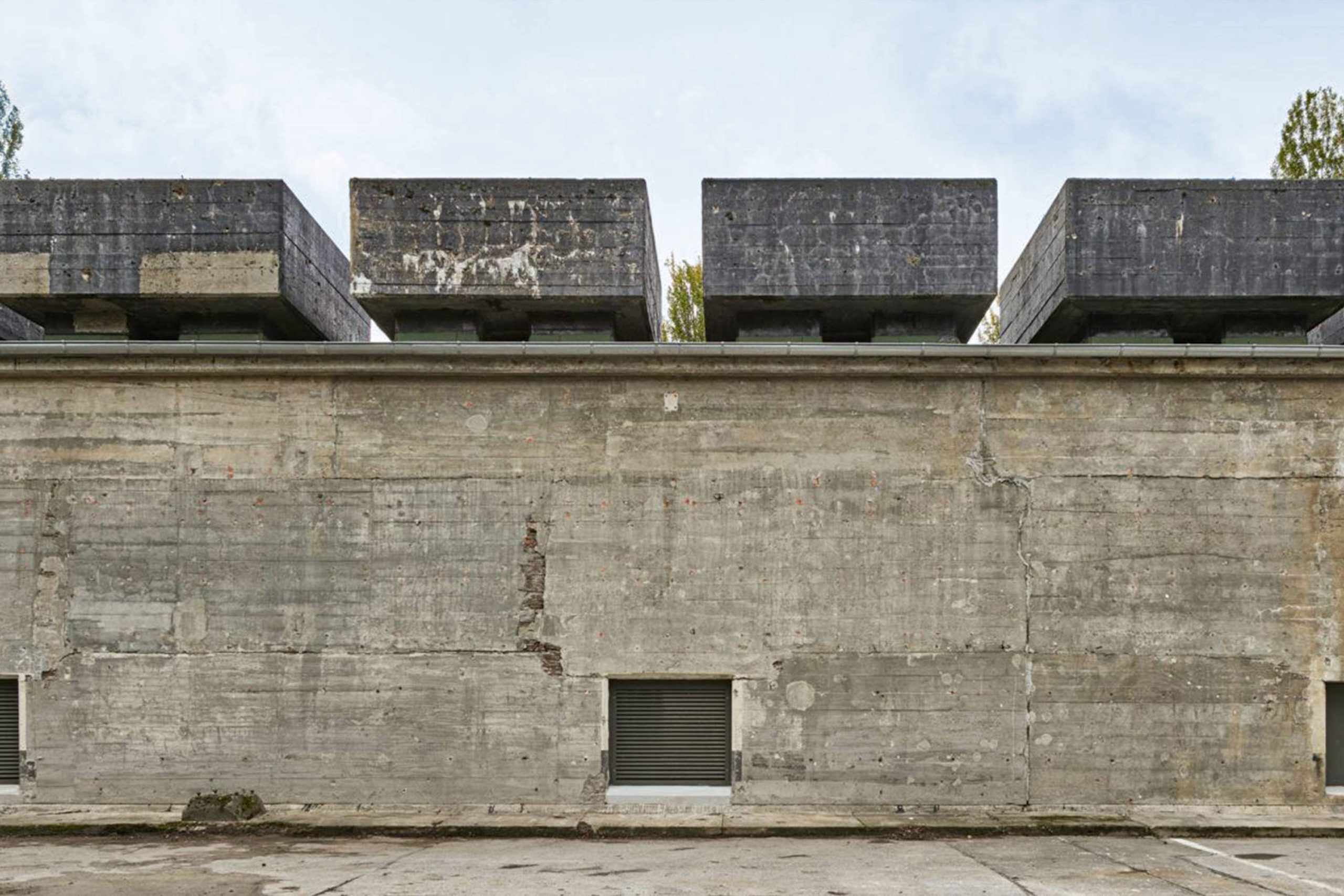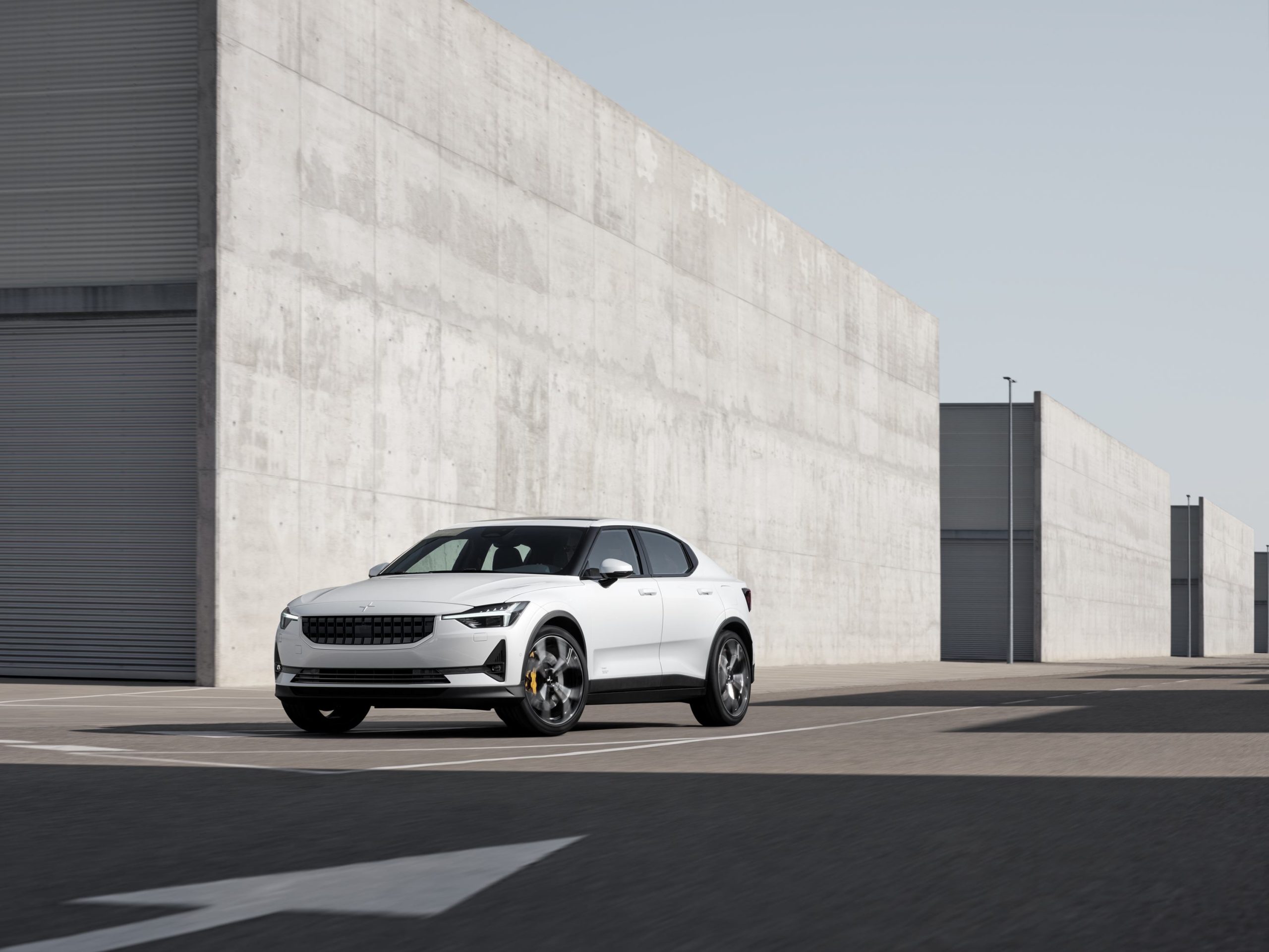Automotive critics have been quick to label the ‘Cybertruck’ a “Brutalist sculpture”. The similarities between Brutalism and the vehicle are, indeed, apparent; the hard angles, the steel material, and the overall dystopian appearance, are all reminiscent of the radical, disruptive design intent of the architecture movement itself. Derived from the French phrase for raw concrete, béton brut, Brutalist architecture is characterized by its austerity and rawness; it does not aspire to be beautiful, cosmetic, or optimistic; it is instead brutal, dramatic, imposing, and an act of deliberate visual provocation. Brought to life by some of the world’s leading architects, including Le Corbusier, Raul Rudolph, and Marcel Breuer, the post-war movement promoted raw beauty and disregarded tradition and conventionality—its rough textures, neutral tones, and intricate geometric compositions were a move away from previously existing architectural aesthetics. As a radical reimagining of automotive technology, the ‘Cybertruck’ could fit into the utopian projects of Brutalism; it breathes the same spirit of audacity and purports similarly uncompromising impulses.














